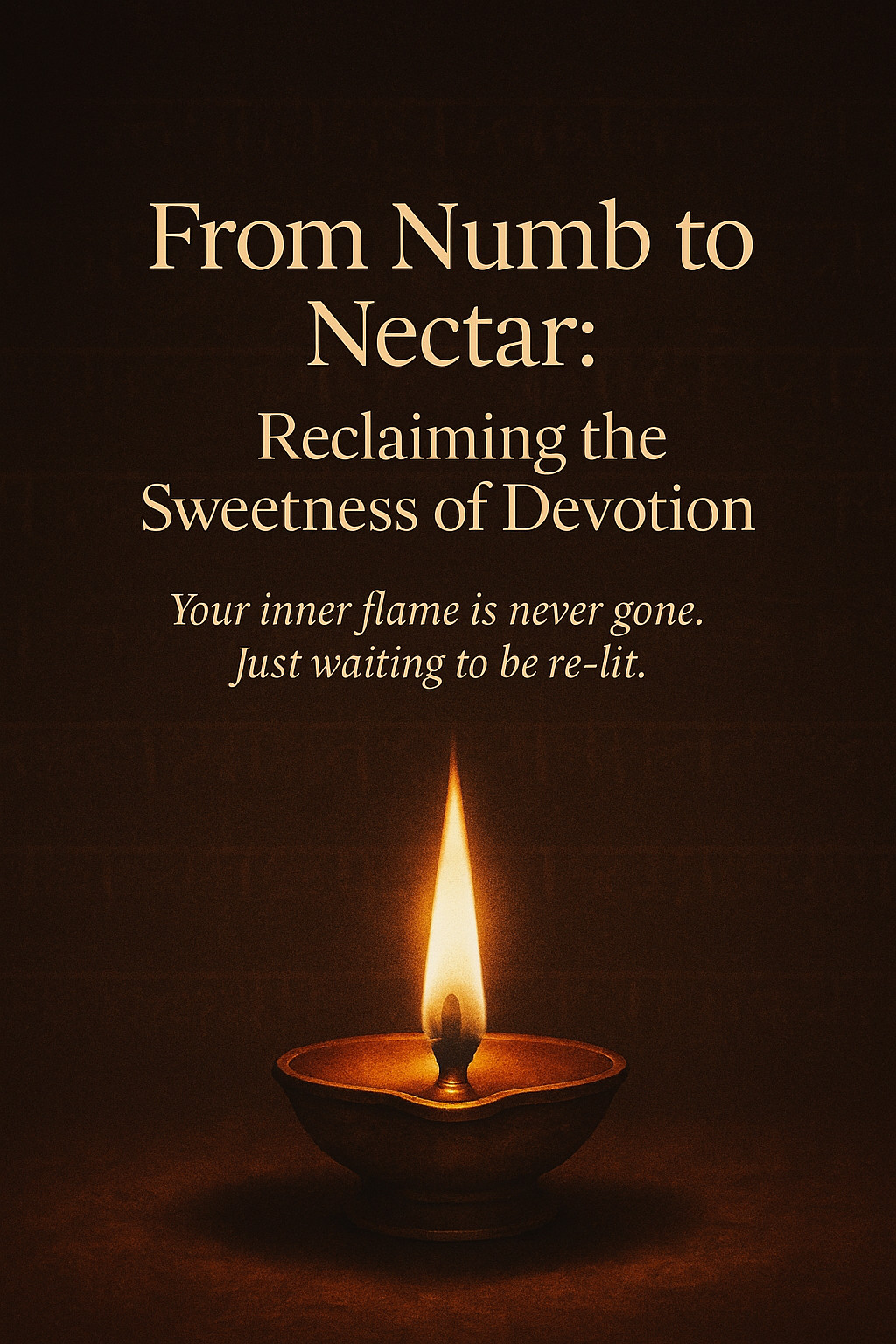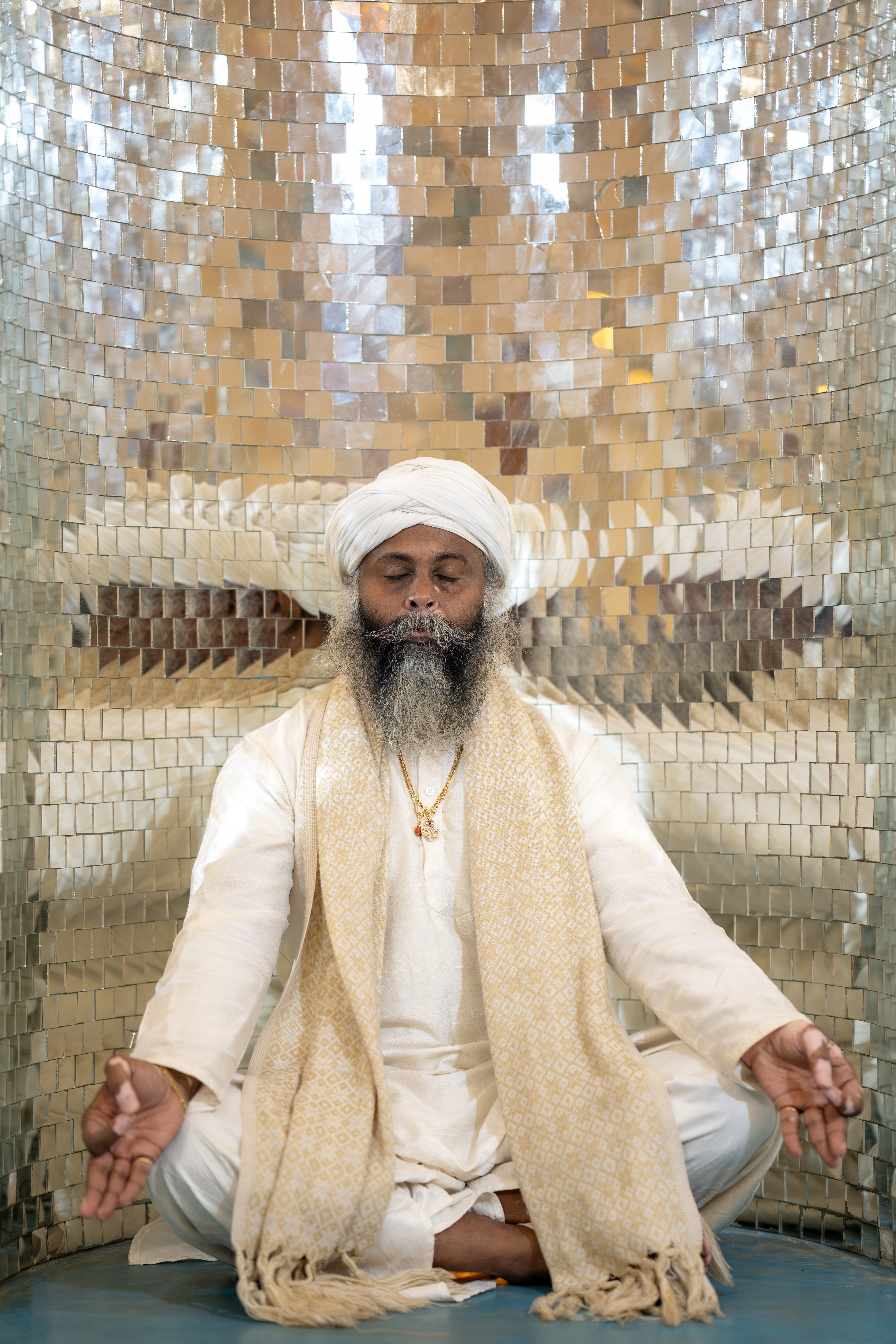In life, we all break.
Through loss, stress, transition, or trauma—something cracks within us. A dream shatters. A relationship ends. An identity dissolves. We find ourselves holding the pieces, wondering if we will ever feel whole again.
Through loss, stress, transition, or trauma—something cracks within us. A dream shatters. A relationship ends. An identity dissolves. We find ourselves holding the pieces, wondering if we will ever feel whole again.
But what if the break isn’t the end of the story?
In Japanese culture, there is an ancient art called Kintsugi – “golden joinery.” When pottery breaks, instead of discarding it or hiding the damage, artisans repair it by filling the cracks with lacquer mixed with powdered gold. The result is not a hidden scar, but a piece more beautiful and valuable than before. Its breaks are not flaws; they become the most striking part of its design.
Kintsugi teaches us that healing doesn’t mean erasing damage. It means honoring it. It means letting the light in, filling your cracks with gold, and allowing the story of your resilience to shine forth.
In my work with individuals and teams, I see this truth over and over. Performance doesn’t come from perfection. It comes from resilience. Integration. The willingness to embrace your full story – light and shadow, rise and fall.
Your growth lives in your recovery. Your brilliance lives in your return.
Honor your cracks. They are not signs of weakness. They are your map.
Honor your cracks. They are not signs of weakness. They are your map.
🕉️ Applying Ancient Yogic Wisdom to Kintsugi
Yoga, too, teaches the art of becoming whole again. Its very purpose is union – to bring together what has been fragmented within us.
- Svadhyaya (Self-Study)
Just as Kintsugi begins by examining every broken shard, yoga begins with self-inquiry. Ask yourself: Where am I cracked? What parts of me have I hidden or shamed? Self-study is the gold that illuminates your inner fractures with compassion instead of judgment. - Santosha (Contentment)
Kintsugi doesn’t seek to restore the original perfection; it embraces what is. Santosha reminds us to find contentment in what is present – not what could have been. Healing begins with acceptance. - Tapas (Inner Discipline)
Repairing pottery with gold requires patience and precision. Similarly, the yogic path asks for consistent practice. Breathwork, meditation, asana – these are daily strokes of gold lacquer, reinforcing your resilience and adaptability. - Ahimsa (Non-Violence)
Healing cannot occur if we approach ourselves with harshness. Just as Kintsugi artisans handle broken pottery with reverence, yoga teaches us to hold ourselves with gentleness and care as we mend. - Ishvara Pranidhana (Surrender to the Divine)
Finally, true integration requires surrender. In Kintsugi, there is trust that the final form will be beautiful. In yoga, we surrender to a higher wisdom, allowing divine consciousness to guide us back to wholeness.
You are not meant to remain unbroken.
You are meant to transform your fractures into pathways of light, to let your scars become art, to let your wounds become wisdom. This is the essence of Kintsugi. This is the essence of yoga.
You are meant to transform your fractures into pathways of light, to let your scars become art, to let your wounds become wisdom. This is the essence of Kintsugi. This is the essence of yoga.
Honor your cracks.
Fill them with gold.
Let your life become a masterpiece of resilience and radiant truth.
Fill them with gold.
Let your life become a masterpiece of resilience and radiant truth.


0 Comments